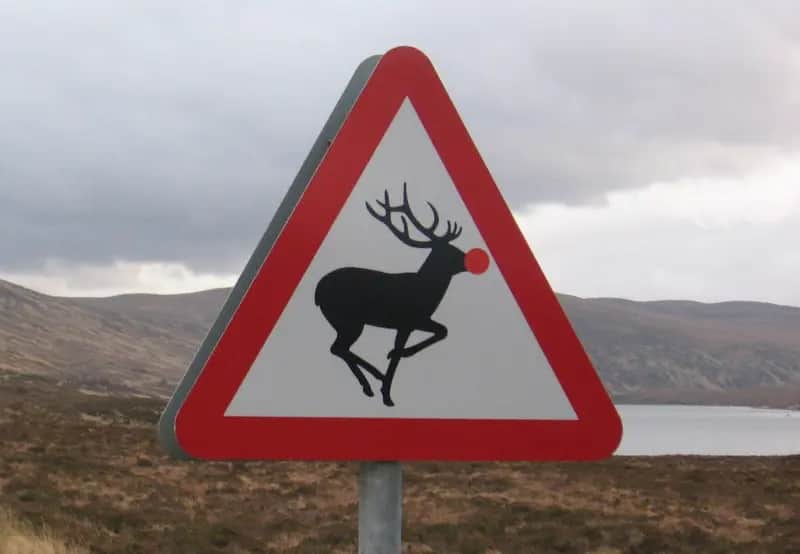TAKE THE RIGHT STEPS TO STAY SAFE IN THE MOUNTAINS

TRAINING GROUND: Liathach's fearsome spires were the ideal place to learn winter skills and navigation

CORNICE DANGER: Beinn a' Chaorainn
WE were above the snowline nearing the summit ridge of Beinn a' Chaorainn when the visibility disappeared. It was if the whole mountain had suddenly gone into hiding.
From having views all the way on the climb up the north-east ridge, we now couldn't see more than a foot or two in any direction.
The weather forecast had been good, some cloud on the summits but generally a decent spring day. But with snow still thick on the ground at this height, our vision had now been wiped away in a matter of seconds.
Beinn a' Chaorainn is a notoriously dangerous mountain in these conditions. It has three summits, all of roughly equal height, in a line running north. The main Munro peak is the centre one. It also has massive cliff faces and two huge bites out of the ridge, one between each summit. In winter and early spring massive cornices jut far out from these gaps into nothingness. They form an almost constant unbroken line which, in poor visibility, is hard to distinguish from the solid ground which curves round them.
We could have retreated to safety the way we came, leave Beinn a' Chaorainn and its neighbour Beinn Teallach for another time. But we were just a couple of hours into the walk and would have felt cheated if we had to call it a day at this early stage. Besides this was a great opportunity to finally put my micro-navigation skills into practice.
From the cairn of the mountain's South Top we counted our steps left and then right round the first bite. Success. We were now safely at the main summit.
Another calculation on the map, again the counted steps, left at first and then turning gradually right again to reach the North Top. Finally, a direct line slanting north-west away from the cliff edge and heading safely downwards to the bealach and normal service - and visibility - was resumed.
We never saw a thing at any of the three summits but that navigation course I had taken many years earlier got us round safely and kept our whole day - and us - alive. My walking partner was most impressed. Those few days and few quid spent in Torridon and Applecross had turned out to be priceless.
We had done full winter skills in the back corries of mighty Liathach, then climbed on to the main ridge for a full snow traverse. Then our instructor took off, leaving us to our own devices and we had find our way down from the peak of Spidean a' Choire Leith in pitch darkness.
The next day he laid out a long rope over undulating ground to help each person work out their step count. Later, in the blackness of a winter night, he took us up to a featureless plateau and set us targets that would have been difficult to locate in full daylight.
Finding a tiny pool of water in the middle of nowhere while unable to see more than a few feet in any direction was the perfect grounding for the conditions we found ourselves in all these years later on Beinn a' Chaorainn.
So often at this time of year, poor navigation skills are a major contributing factor to things going badly wrong on the hills. There's no need to be caught out. There are plenty of courses out there, and with winter approaching this is the ideal time to hone your hill skills.
Nothing is foolproof. Even experts can get it wrong: a slight miscalculation with the map reference, a miscounting of your steps, even a stumble or a fall can throw the line off. But taking the time to do a navigation course will tip the odds heavily in your favour.
In a Scottish winter in the mountains it could mean the difference between life and death.

